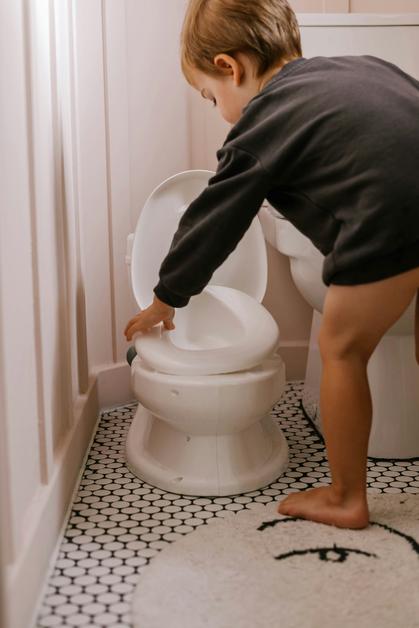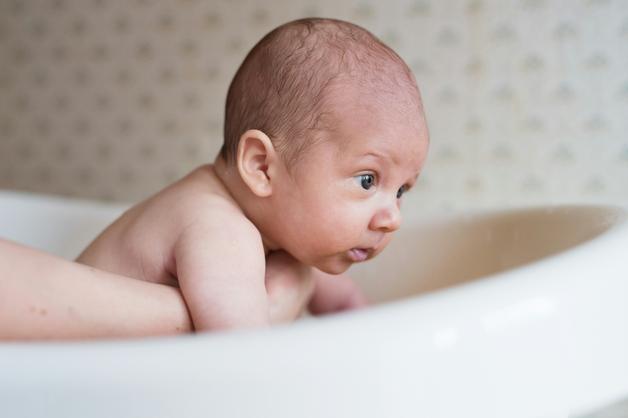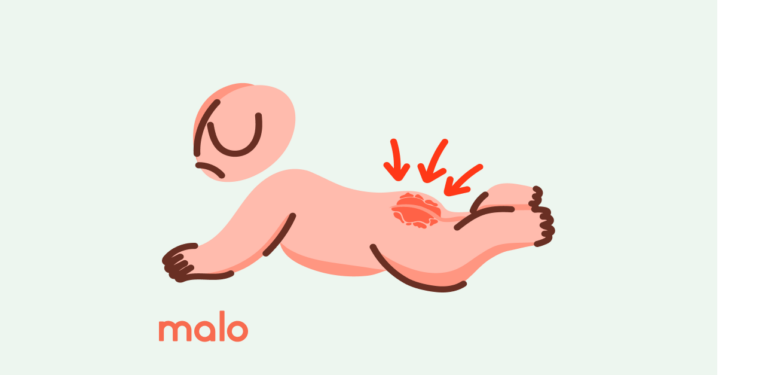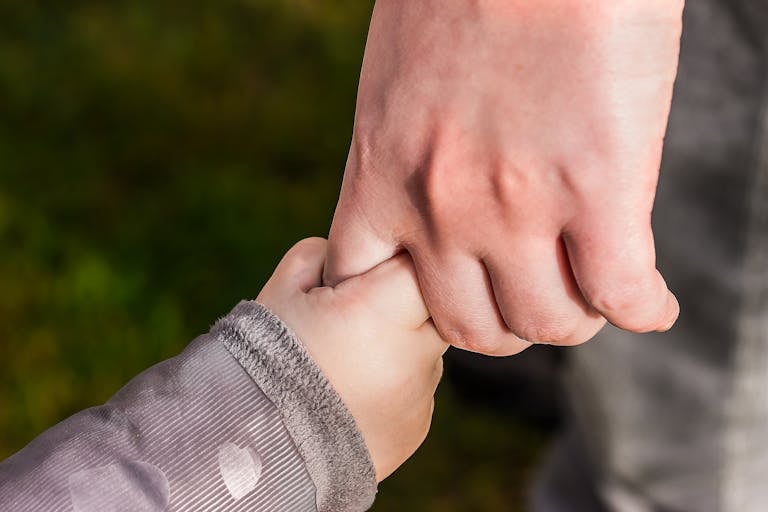Waking up to a crying baby and discovering an overflowing diaper is a scenario many parents have faced—often under the harshest bathroom lights at 3 a.m. Baby diarrhea can trigger a cascade of questions and concerns, ranging from “Is this serious?” to “Should I feed them now or wait?” These anxious moments echo a universal parental worry: babies are vulnerable, and their well-being seems to hang on every detail, especially when their digestive system appears to be rebelling. Understanding baby diarrhea is more than remembering the color chart in your pediatrician’s office. It’s about learning to recognize the unseen (hydration status, electrolyte loss), act swiftly when needed, and differentiate nuisance from emergency. Whether you’re cradling a fragile newborn, facing relentless episodes of watery stools, or trying to decode what separates a minor stomach bug from something worrisome, answers matter—fast. Let’s delve into the practical science, offer support, and equip every parent to respond confidently, calmly, and compassionately when their baby’s gut refuses to play by the rules.
What Defines Baby Diarrhea? Unpacking the Signs
You might ask: when are loose stools just a normal day for a baby, and when do they cross into the domain of diarrhea? The answer winds through nuance. Baby diarrhea is more than just a “messy” diaper; it’s a sudden shift—a notable increase in stool frequency coupled with a transformation in texture: stools become almost entirely liquid, and three or more such episodes in 24 hours set off alarm bells. In infants, especially those nourished at the breast, normal stools are soft, even runny, sometimes resembling scrambled eggs or mustard. Formula-fed babies, on the other hand, often produce thicker, clay-colored output. The tricky part? Babies’ “normal” offers abundant variability, but any abrupt surge in looseness or wateriness should prompt vigilance.
Red Flags and Early Clues: What Isn’t Normal?
Sometimes the diaper’s content seems to telegraph a cry for help all on its own: blood streaks, visible mucus, unexpectedly pale or almost red stools stand out. So does a bitter, unusually pungent odor. Where do you draw the line? If diapers are consistently waterlogged, or if there’s a marked drop-off in wet diapers, medical input becomes urgent. Babies who appear listless, have sunken eyes or fontanelles, or suddenly refuse fluids might be edging toward dehydration—a scenario no parent wishes to confront alone.
Causes of Baby Diarrhea: Infection, Diet, Environment
Why does baby diarrhea strike when it does? Several culprits compete for notoriety:
- Viral infections lead the charge, with rotavirus, norovirus, and adenoviruses topping the list. These invisible invaders wreak havoc by inflaming the intestinal lining and increasing water secretion.
- Bacterial causes (think E. coli, Salmonella, Shigella, Campylobacter) are less rampant but can pack a powerful punch, especially if contracted via contaminated water or food. Daycare exposure amplifies risk.
- Parasitic infections, particularly Giardia, introduce another dimension—often in group settings.
- Dietary upheaval frequently plays a supporting role. Introducing new solids? Sips of fruit juice here and there? The digestive tract might revolt, especially in the face of temporary lactose intolerance that follows a viral episode.
- Food allergies and intolerances, such as sensitivity to cow’s milk protein or soy, sometimes trigger persistent or even blood-tinged diarrhea. Gluten, though rare, also deserves a mention.
- The mysterious link between teething and baby diarrhea? Opinions diverge among professionals. Some recognize it as coincidence; others propose mild inflammation may spur biochemical changes in the gut. But the evidence remains cloudy.
- Antibiotics occasionally disrupt beneficial gut flora, leading to unexpected watery stools.
- Never overlook the rare: chronic diarrhea can flag underlying syndromes—celiac disease, cystic fibrosis, or disorders of absorption. Though infrequent, these demand persistent and thorough evaluation.
Recognizing Symptoms and Complications
Beyond the obvious mess, what clues hint at a more significant problem? Classic symptoms of baby diarrhea include a rapid uptick in stool frequency layered with changing color—bright yellow, green, or sometimes tar-like. The smell? Even more striking and often quite sour. Flanking symptoms such as vomiting, low-grade or high fever, reluctance to eat, irritability, or abnormal drowsiness often accompany the main event.
Dehydration emerges as the gravest risk—a thief that moves swiftly, depriving tiny bodies of water and essential salts. Watch for a dry mouth, scant or absent urination, no tears when crying, a sunken soft spot (fontanelle), or unusual lethargy. Blood or visible mucus in the stool, uncontrollable vomiting, or a baby that is very difficult to wake signals a need for urgent care.
Medical Assessment: How Pediatricians Approach Baby Diarrhea
Your healthcare provider isn’t merely glancing at the clock; they’re piecing together a mosaic. What’s the feeding routine? How did symptoms unfold? Have there been recent exposures, travel, or contact with sick children? Sometimes, examination alone suffices, but in cases of unyielding or severe diarrhea, they may request:
- Stool studies: Screening for bacterial pathogens, parasites, or blood.
- Blood tests: These can reveal dehydration, metabolic changes, or allergy markers.
- If diarrhea lingers past two weeks, deeper investigations probe for malabsorption and immune function.
Acute bouts—short, sharp, often viral—resolve within two weeks. Chronic presentations call for systematic exploration and cautious management.
Practical Support and Home Care
A simple mantra takes center stage: Hydrate first. Baby diarrhea steals water rapidly; oral rehydration solutions (ORS) from the pharmacy—balanced mixtures of sugar and electrolytes—become lifesavers, particularly for ongoing loss. Keep up breastfeeding or formula; both are treasure troves of nutrients and water. If your child is taking solids, opt for bland foods: bananas, rice cereal, crackers, pasta. Steer clear of high-sugar juices, rich or greasy meals, and skip high-fiber options for infants under one year.
Skin quickly becomes a casualty. Change diapers frequently. Cleanse with plain water and cloth, patting dry rather than rubbing. Barrier creams (zinc oxide, petroleum jelly) create the equivalent of a raincoat for sensitive skin.
What about probiotics and “natural” remedies? For some babies (particularly those eating solids), select probiotics or live-culture yogurts can gently encourage rebalancing of gut flora. Yet, resist over-the-counter anti-diarrheal medications: these are not suitable for infants unless specifically prescribed.
When Medical Treatment Becomes Necessary
Certain situations snatch home care from your hands: babies refusing all fluids, showing persistent vomiting, or arriving at the emergency hallmarks of dehydration may need IV fluids or hospitalization. Antibiotics are rarely needed, reserved for specific bacterial or parasitic infections confirmed by tests. Babies with known allergies or intolerances might require hypoallergenic formulas, directed by their pediatrician.
Preventing Baby Diarrhea: Strategies that Work
Looking to sidestep the ordeal altogether? Begin with the basics: handwashing—your greatest ally. Use warm water and soap, especially after every diaper change and before handling food. Disinfect teething rings and toys regularly.
Focus on safe water and food preparation. Sterilize bottles, make sure food is thoroughly cooked, and avoid raw or unwashed produce. When expanding your baby’s diet, new foods should make a solo debut—one at a time—to spot any reactions. Keep fruit juices to a minimum.
Don’t underestimate vaccines. Rotavirus vaccination dramatically reduces severe diarrhea. Regular immunizations remain a backbone of defense.
Breastfeeding delivers powerful, immune-protective antibodies. Babies on breast milk generally demonstrate both softer stools and enhanced resistance to gastrointestinal infections.
Stop the cycle before it starts: disinfect changing tables, discourage sharing toys among infants during outbreaks, and avoid unnecessary use of antibiotics, which alter the delicate balance of the gut.
Age, Feeding, and Special Considerations
Preterm infants, newborns, and babies under three months warrant heightened attention. Their reserves of water and electrolytes are small, and even short bouts of baby diarrhea can become dangerous. Continue regular feeds, and never hesitate to ask for medical input if warning signs appear.
What differences exist between babies on different diets? Breastfed infants often pass looser—but not necessarily problematic—stools. Formula-fed infants may see more consistency in their output, but are sometimes more vulnerable to infectious bugs and intolerances.
Infants with underlying medical conditions—digestive disorders, immune issues, food allergies—often need specialized feeding plans and close follow-up.
Everyday Comfort: Supporting Your Baby—and Yourself
Soothing a baby through diarrhea means more than just changing diapers. Gentle rocking, singing, or swaddling can work wonders for anxious infants. Restore regular feeding and sleep rhythms as soon as possible. Keeping a simple record—tracking symptoms, measuring urine output, noting new symptoms—can help guide both parent and professional. Public venues and group daycares? Wait until stools are normal and your child is feeding and playing as usual (commonly a symptom-free 48 hours).
Support gut recovery by maintaining routines, emphasizing hydration, and—when solids are back on the menu—introducing small amounts of probiotic-rich foods with your doctor’s approval.
Key Takeaways
- Baby diarrhea encompasses much more than a few loose diapers—it’s a pattern of sudden, watery stools that can quickly upset a baby’s fluid and electrolyte balance.
- The majority of cases stem from viral infections, especially in infants, and resolve without medical intervention. Nonetheless, extreme vigilance is warranted if you notice dehydration (markedly fewer wet diapers, dry mouth, lethargy), blood or mucus in stool, or persistent, severe symptoms.
- Hydration is paramount: keep up with breast milk or formula, introduce oral rehydration solutions, and steer clear of anti-diarrheal medications unless guided by a healthcare professional.
- Prevention springs from everyday habits: diligent handwashing, safe food practices, up-to-date vaccinations, and gradual shifts in the diet. Hygiene, nutrition, and informed care can break the chain of transmission—and the anxiety cycle as well.
- Whenever uncertainty emerges, remember: no concern about baby diarrhea is too small for your doctor, especially in the youngest or most vulnerable infants.
- Tools exist to lighten your load. For tailored advice and free health questionnaires for your child, consider downloading the Heloa app. Your partnership with medical professionals—and trusted digital resources—can help guide you through the hardest days with reassurance and knowledge.
Questions Parents Ask
Can teething cause diarrhea in babies?
Many parents notice that their baby’s stools seem looser around the time new teeth come in. While teething can lead to increased saliva and occasional changes in stool consistency, research has not shown a direct link between teething and true diarrhea. If your baby has watery diarrhea, it’s more likely due to an infection, dietary change, or another cause. However, it est tout à fait normal for some babies to have mild changes in their digestion while teething. If diarrhea persists, is very frequent, or is associated with fever or other symptoms, n’hésitez pas à consulter un professionnel de santé pour être rassuré.
What foods can help firm up my baby’s stool during diarrhea?
When your baby is experiencing diarrhea and has started solids, certain gentle foods can help. Bananas, plain rice, applesauce, and toast (sometimes called the BRAT diet) are often recommended as they are easy to digest and can sometimes firm up stools. Mashed potatoes, cooked carrots, and plain pasta may also be well tolerated. Il importe de continuer à proposer régulièrement le lait maternel ou le lait infantile pour maintenir une bonne hydratation. Avoid sweet juices, fatty foods, or processed snacks, and introduce new foods one at a time. Comme toujours, chaque bébé est unique : si votre enfant refuse certains aliments, ce n’est pas grave—essayez de proposer à nouveau un peu plus tard, sans pression ni culpabilité.
Is it safe to give probiotics to babies with diarrhea?
Probiotics are beneficial bacteria that can support gut health. Some studies suggest that specific probiotic strains may help reduce the duration of diarrhea in babies, especially those already eating solids. However, tous les bébés sont différents, et certains probiotiques ne sont pas adaptés à tous les âges ou à toutes les situations. Avant d’introduire des probiotiques (capsules, poudre ou yaourt enrichi) pour votre bébé, il convient d’en parler avec votre professionnel de santé. Ils sauront vous guider pour faire le meilleur choix pour votre enfant, dans le respect de vos préférences.

Further reading :









